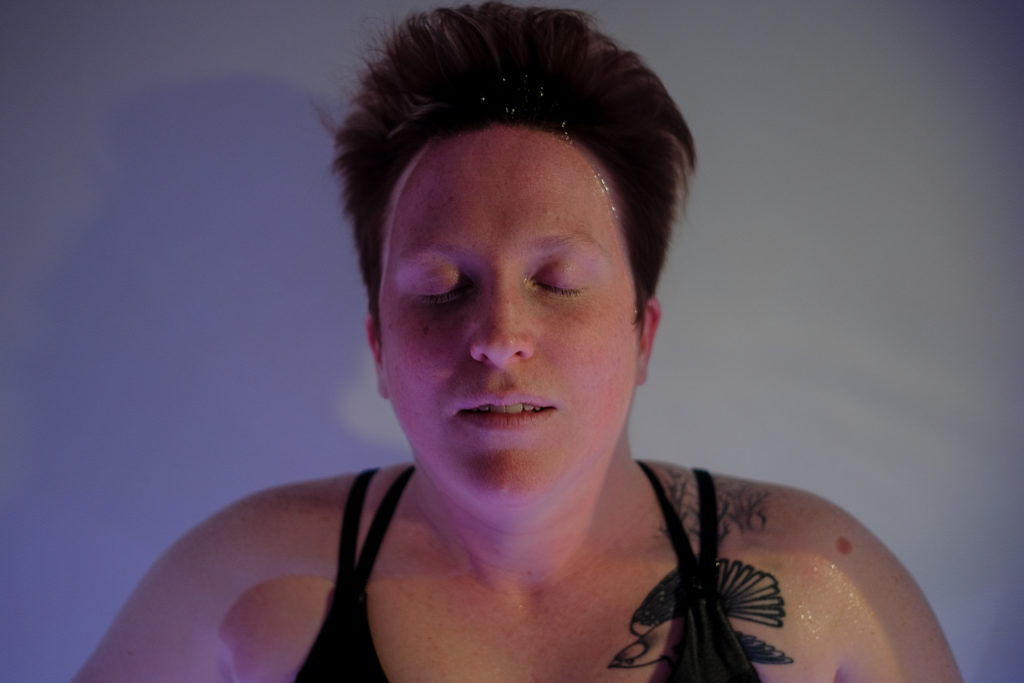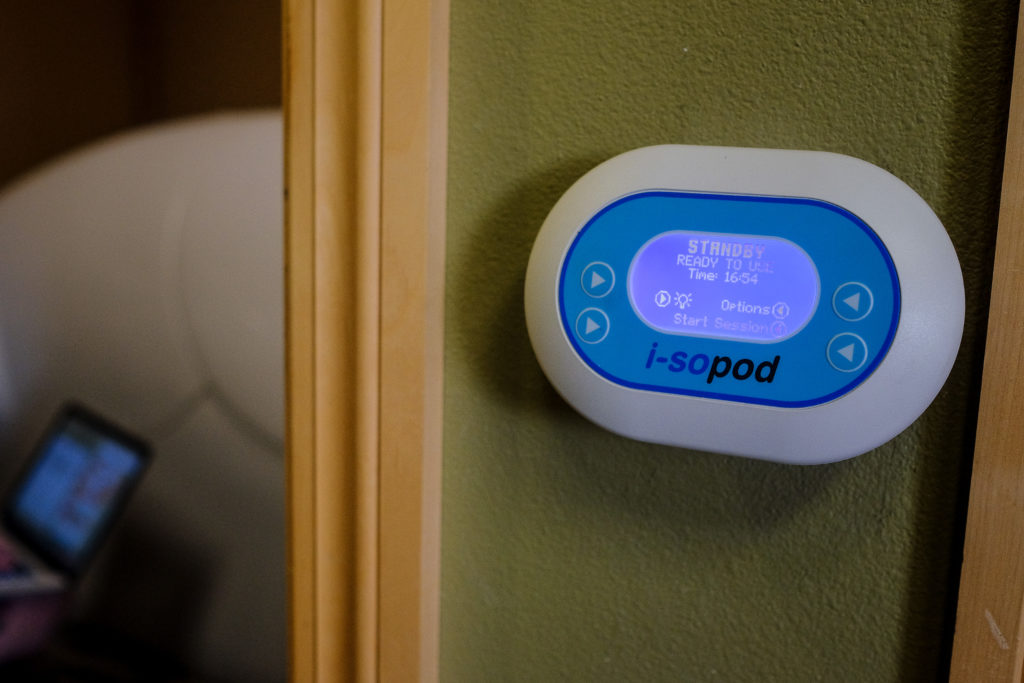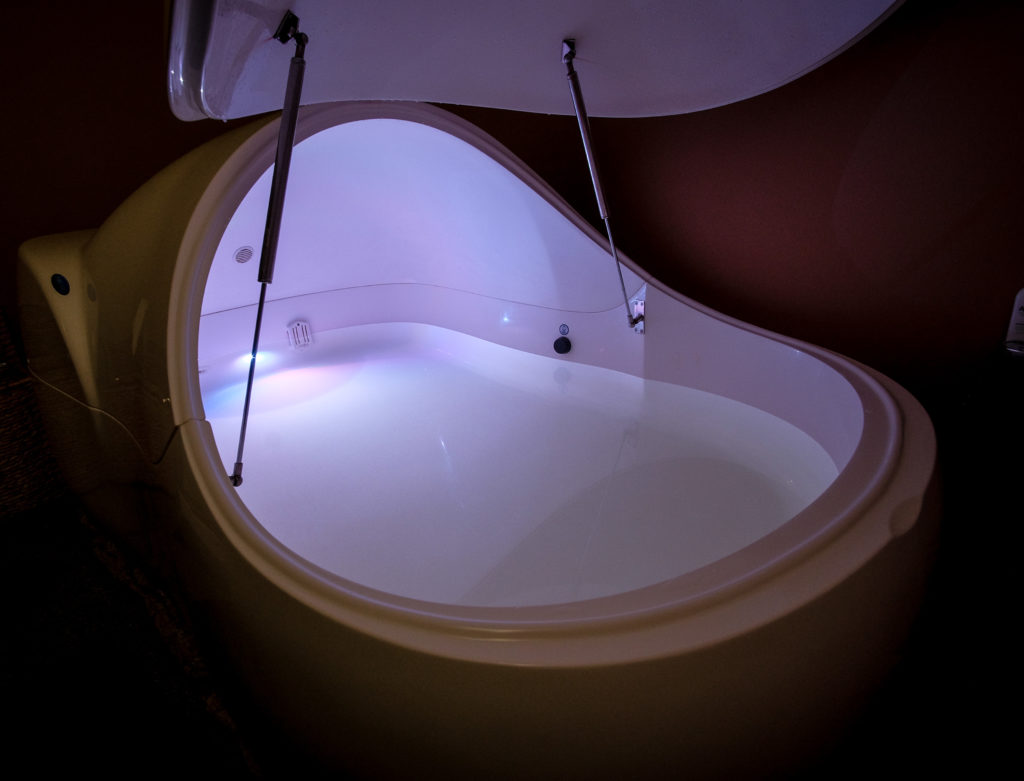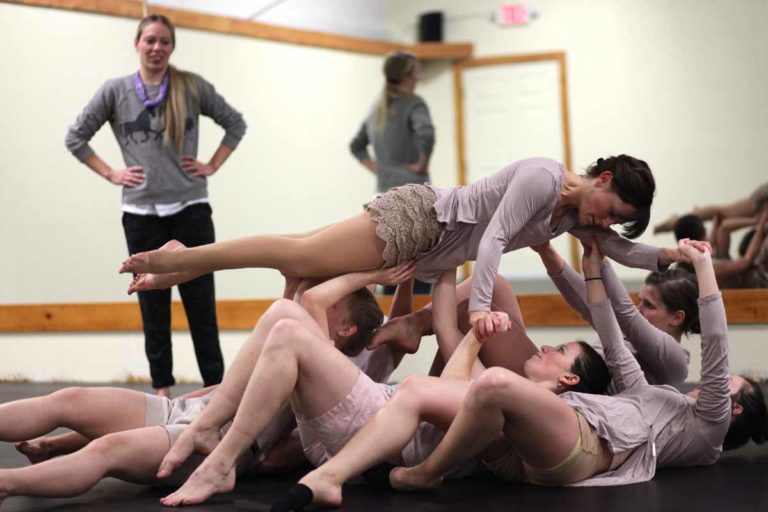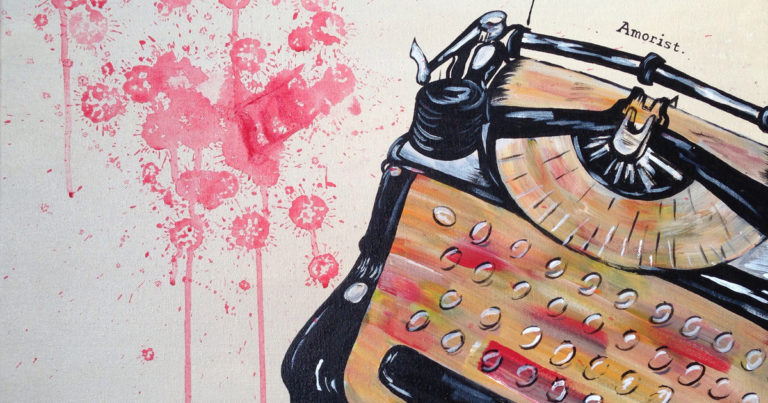Brain training: Stepping off the treadmill
I’m not a runner. I view people who run as a bit mad. I can’t imagine being driven to run from one place to another, pounding pavement as your ankles crack and your knees creak, all while pitting out expensive, specially designed clothing. It’s just not for me. But there is an organ in my body that is always on the treadmill. My brain is constantly running. It’s not even training for a marathon, and it’s on the go all the time. I wake up and I’m instantly flush with thoughts: Did (insert name of latest crush) text me? What is on my calendar today? Ooooohhh, Facebook. I wonder how many “likes” I have on my last post. I should change my profile photo. Email. Oh man, I have soooo many unread emails. Argh. I forgot to reply to that Doodle pole. I wonder how I can get out of this meeting.
I am NOT EVEN OUT OF BED YET and my brain is sweating.
I picture this poor organ wrapped in sweatbands, lacing tiny running shoes before it’s even fully conscious. By the time I open my eyes, this athlete is ready to go. It jumps on the treadmill and doesn’t stop until it collapses at the end the day in exhausted, overwhelming defeat.
To help this little athlete slow down, I decide to teach it how to meditate. My brain isn’t as enthusiastic as I hoped it would be about the idea.
“Meditation?!” I don’t have time for that.” Still, I commit to sitting on my carpet, legs crossed, eyes closed, while a YouTube video for meditation runs on my laptop. Every time my brain jumps on that treadmill, I scold it. “Hey. Stop that. You’re supposed to be resting.” Brains really love to run.
I figure I need to step up my game, so I try a subscription to “Headspace,” a meditation app. Pleasant cartoon illustrations speaking in British accents lead me into a meditative state, and honestly, it begins to work. The sessions start out slowly—five minutes, then 10, building to 20-minute guided meditations.
This thought is ever-present, though, that I am wasting precious time. All those to-do lists, those people waiting for my reply, those notifications pinging in the background keep my brain on the move. Soon, my app subscription expires, and I’ve only unlocked level two of meditation mastery.
I need something extreme to put this athlete on the bench. If I can’t shut out all the distractions, maybe someone else can. I seek out Kristin Gardner, who recently installed Billings first sensory deprivation tank at her business, Affinity for Healing, located at 3429 Central Avenue. Gardner promotes a “deep sense of relaxation” that can be obtained through depriving the brain of exterior stimulation.
Gardner books me for a “float” in her i-sopod Float Tank, an egg-shaped device filled with water that looks like a private vessel the cast of Cocoon might hibernate in during their journey to the planet Antarea. The tank’s water contains 286 pounds of Epson salt, kept at body temperature. The salt keeps you naturally afloat, removing any struggle you may have had in the past floating around, for instance in the bathtub or the ocean. Seriously, it’s a lot of salt.
Gardner asks me to take a quick shower to remove any body products, then walks me through the routine. Eye drops if I need them (getting this salty water in your eyes is not recommended, but if it happens, you’ll want eye drops handy), earplugs (highly recommended, as the experience is not as pleasant as it can be with water sloshing around your inner lobes), and petroleum jelly, which can be put on any scratches or cuts (yep, this much salt water can really sting on open wounds).
I begin to feel stress. I’m going to be in an enclosed pod of pitch-blackness, floating in salty water for an hour with my brain. “Don’t worry, there’s a light button and a panic button,” Gardner tells me. “You can get out at any time.” Gardner takes two fingers to show me how easy it is to lift the lid if necessary.
The first 10 minutes in the pod include music and lights reflecting through the water. After 10 minutes, the pod goes dark, beginning the sensory deprivation.
“For the most part, you want to really let your mind shut down from all the to-do lists in your head or all the errands you have to run,” Gardner says. “You want to have a deep sense of relaxation.”
Gardner exits the room, and I step into the pod, pulling the lid down. Docile music is piped into the pod, and the lights subtly change colors, creating lucidity to the space. It’s enjoyable. I feel free, gently fluttering my arms and bumping against the sides of the tank like a docked boat with its tethers too loose.
I begin to wonder how the hell I’m going to do this for an hour. The lights click off at 10 minutes, and the music fades away. I can hear my heart beat. I keep my eyes closed, hovering in the darkness. Each time my brain steps off the treadmill, I applaud it, which frustratingly only makes it hop back up and get back on.
I feel like Homer Simpson in the episode of The Simpson’s where he and his daughter Lisa try a flotation tank. While Lisa takes a journey of the mind, realizing some valuable things about herself, Homer’s in the tank next to her singing, “I saw the witch doctor, he told me what to do…He said that ….Ooo eee, ooo ah ah ting tang. Walla walla, bing bang.”
My brain won’t stop. I think, “Is this what it takes? A pod of darkness?! A complete deprivation of the outside world? And you STILL WON’T SHUT UP?”
Frustrated, I turn into my other senses. I listen to my heartbeat, flushing blood in and out of its ventricles. My eardrums pulse with this same beat. My breath lifts my chest high, drifts it down low, then back again in rhythm with the movement of my lungs. I watch the inside of my eyelids, thinking of them as empty movie screens. I’m not sure at what point the brain steps down, removes its sweatbands, and takes a break, but it happens. Its awareness of time, of pressure, of duty, seems to diminish and drop to a sub-level of consciousness.
The lights in the pod come back up at one hour. The music begins again, and I open my eyes. Coming back into the room, I feel nearly exhausted. It’s a rewarding tired, however, a feeling that the workout was hard-fought.
On my way home, I catch myself reaching for my phone to check the notifications at a stoplight. The light changes, and I push the gas pedal a bit more than I should. My athlete responds kindly. “Hey, it’s okay. It’s habit. Let’s try it a different way.” I tuck my phone in my purse, back off the gas, and turn my attention to the intention of getting off that treadmill.
Story originally published in Yellowstone Valley Magazine.


